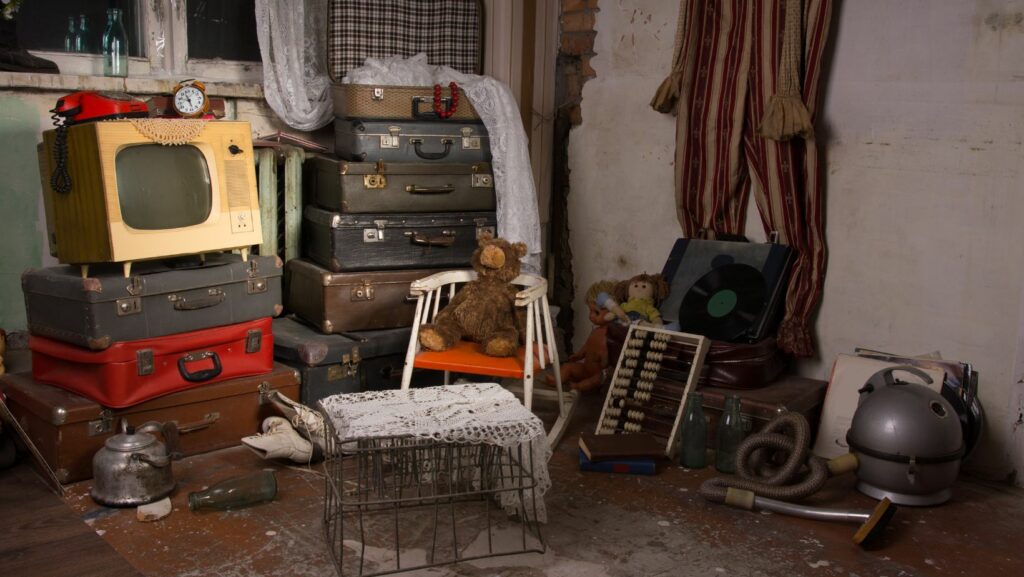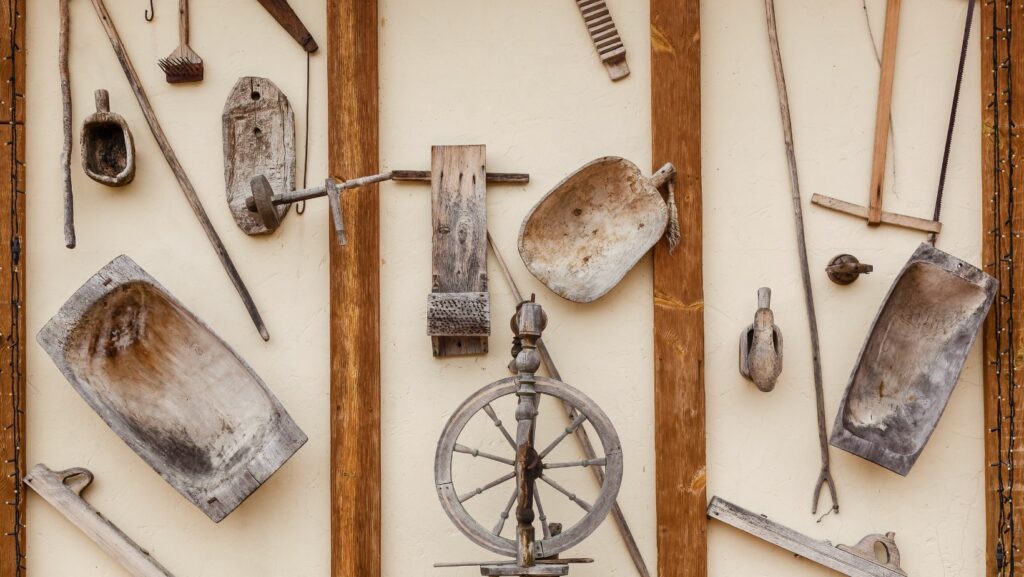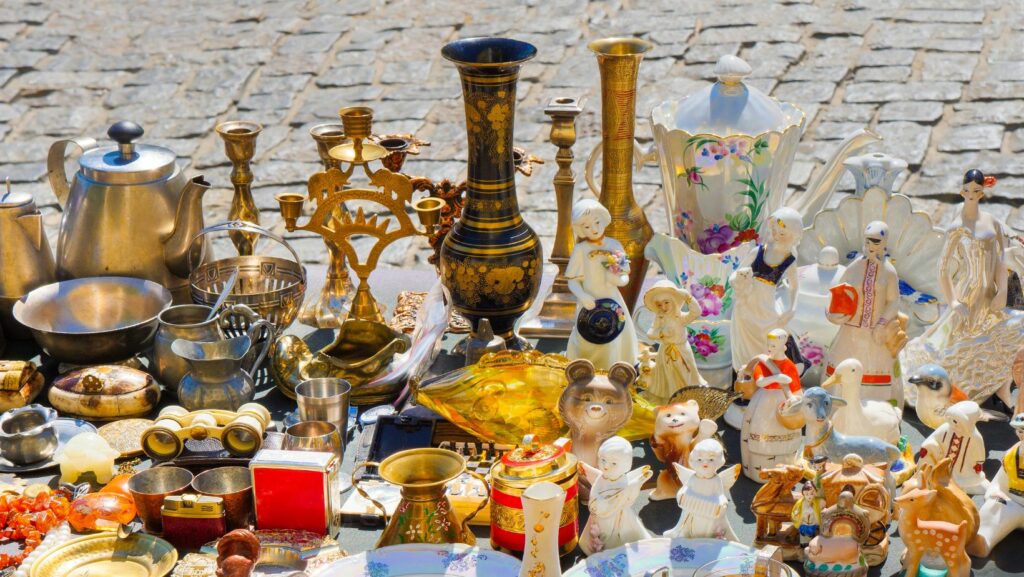The allure of rare collectible items captivates enthusiasts and investors alike. From vintage comic books to limited-edition action figures, these treasures often hold both sentimental value and significant financial worth. Collectors scour auctions and estate sales, driven by the thrill of discovery and the potential for lucrative returns.
In a world where mass production dominates, rare collectibles offer a unique connection to history and culture. Each item tells a story, reflecting the craftsmanship and creativity of its time. Whether you’re a seasoned collector or just curious about the market, understanding the nuances of rare collectibles can unlock a fascinating and rewarding hobby.
Rare Collectible Items
 Rare collectible items possess unique features that set them apart from ordinary objects or possessions. They often include items like antique coins, vintage toys, rare stamps, or original artwork. Their rarity, condition, historical significance, and demand drive their value in the market. Collectors seek these pieces due to their exclusivity, often resulting in high prices at auctions or private sales.
Rare collectible items possess unique features that set them apart from ordinary objects or possessions. They often include items like antique coins, vintage toys, rare stamps, or original artwork. Their rarity, condition, historical significance, and demand drive their value in the market. Collectors seek these pieces due to their exclusivity, often resulting in high prices at auctions or private sales.
Several factors contribute to an item’s rarity. Production quantity plays a crucial role; limited production runs result in fewer available items. Age is another factor, as older items are typically scarcer due to damage or loss over time. Additionally, the condition significantly impacts rarity. Well-preserved items in original packaging or near-mint condition are rarer and more valued. An item’s historical or cultural significance can also elevate its rarity, making it a highly sought-after piece.
Market Demand and Trends
 The market demand for rare collectibles fluctuates based on several aspects. Trends, often influenced by media and pop culture, can drive interest and value. For example, the resurgence of interest in 1980s nostalgia has increased demand for vintage action figures and video games from that era. Auction results also affect market trends, with record-breaking sales often spurring more interest in similar items. Collectors should monitor these trends to understand which items are currently in demand. Authenticity is paramount in the rare collectibles market. Provenance, or the documented history of an item, provides crucial information about its origin and previous ownership. Professional appraisers and authentication services help verify an item’s authenticity, ensuring collectors invest in genuine pieces. Certificates of authenticity, expert appraisals, and detailed documentation contribute to confidence in the item’s legitimacy..
The market demand for rare collectibles fluctuates based on several aspects. Trends, often influenced by media and pop culture, can drive interest and value. For example, the resurgence of interest in 1980s nostalgia has increased demand for vintage action figures and video games from that era. Auction results also affect market trends, with record-breaking sales often spurring more interest in similar items. Collectors should monitor these trends to understand which items are currently in demand. Authenticity is paramount in the rare collectibles market. Provenance, or the documented history of an item, provides crucial information about its origin and previous ownership. Professional appraisers and authentication services help verify an item’s authenticity, ensuring collectors invest in genuine pieces. Certificates of authenticity, expert appraisals, and detailed documentation contribute to confidence in the item’s legitimacy..
Categories Of Rare Collectible Items
 Rare collectible items come in various categories, each with unique characteristics and values. Investors and enthusiasts often focus on specific types to build their collections. Antiques include objects over 100 years old. Common items are furniture, clocks, and porcelain. Condition and provenance significantly influence their value. Antiques offer a tangible link to history, making them highly sought after.
Rare collectible items come in various categories, each with unique characteristics and values. Investors and enthusiasts often focus on specific types to build their collections. Antiques include objects over 100 years old. Common items are furniture, clocks, and porcelain. Condition and provenance significantly influence their value. Antiques offer a tangible link to history, making them highly sought after.
Vintage toys, often from the 20th century, hold nostalgic value. Examples include action figures, dolls, and classic board games. Original packaging can double their worth. Popular brands like Hasbro and Mattel often see higher demand.
Fine art collectibles encompass paintings, sculptures, and drawings. Works by renowned artists often attract significant interest. The value depends on the artist’s reputation, the artwork’s condition, and its provenance. Investment-worthy pieces often come from famous periods like the Renaissance and Modernism..
Factors That Determine Rarity
Rarity is influenced by various factors that contribute to an item’s uniqueness and value. Collectors and investors should consider these elements when assessing rare collectibles.
Age often plays a significant role in determining rarity. Older items are typically harder to find, especially in good condition. For example, an antique coin from the 19th century is usually rarer than a coin minted in the 21st century.
Condition directly impacts an item’s value. Collectibles in pristine condition are more desirable. For instance, a vintage toy with its original packaging is considered more valuable than one without it. Even minor flaws can significantly reduce an item’s worth.
Items produced in limited quantities are inherently rarer. Limited edition stamps, for example, usually have higher value due to their scarcity. Products with lower production numbers often become highly sought after by collectors.
Historical significance adds a layer of rarity. Items linked to significant events or notable figures are more coveted.

